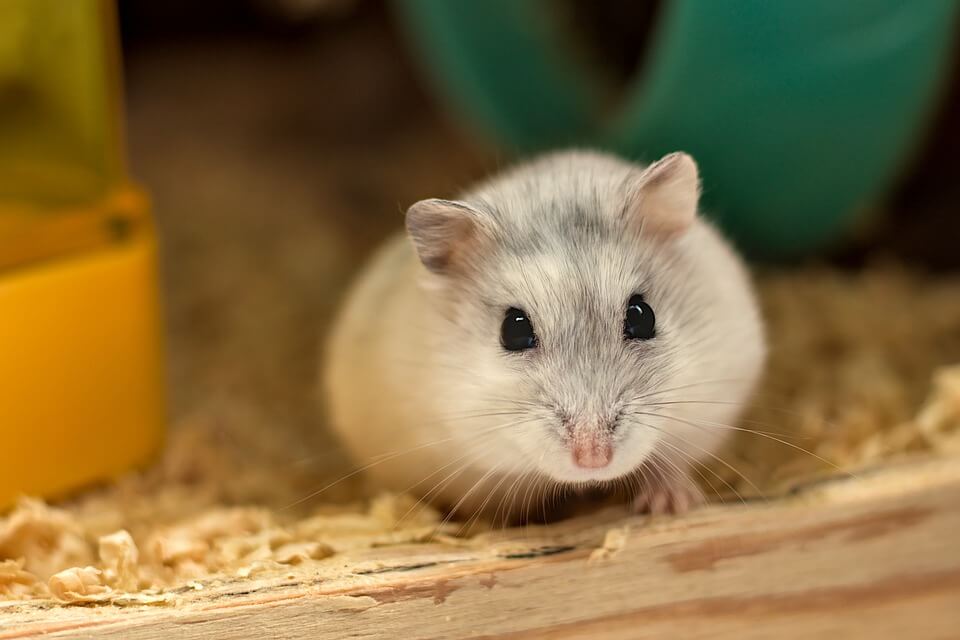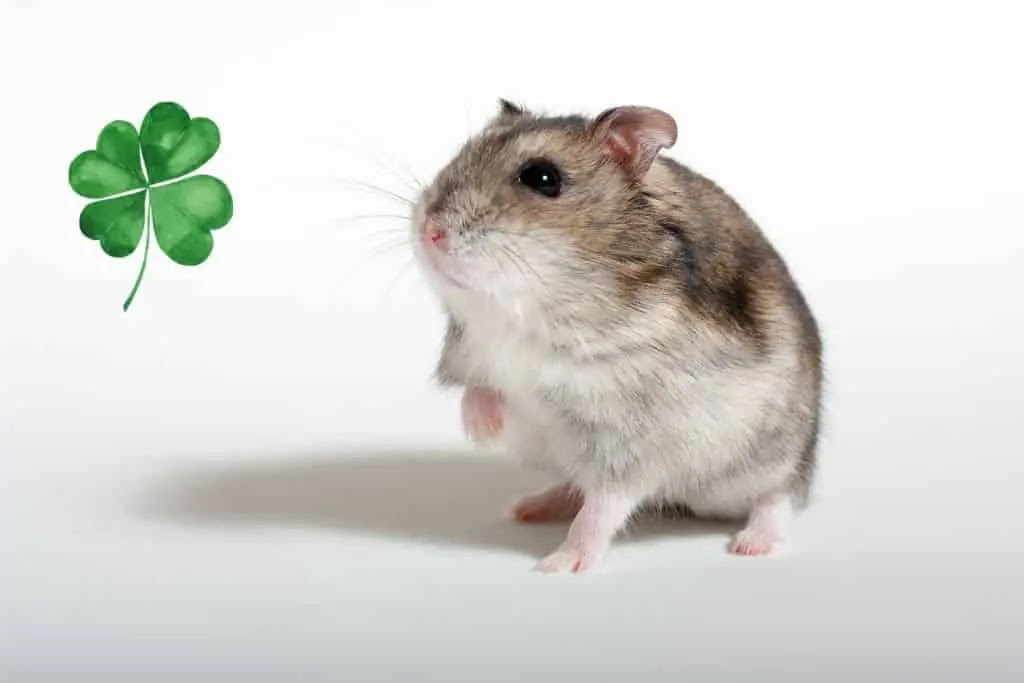Exploring Watercress for Hamsters: Nutritional Insights and Considerations
Can Hamsters Have Watercress? Watercress, a lush aquatic plant thriving in flowing water, can indeed be part of your hamster's diet. Let's unravel its nutritional value, potential benefits, and the careful balance needed for a healthy hamster treat.
Discovering Watercress: A Nutrient-Rich Aquatic Gem
Introduction to Watercress: This aquatic plant, hailing from the Brassicaceae family, boasts tender green leaves and hollow stems. Flourishing in cool, flowing water, watercress offers a fresh, peppery taste and a nutrient-packed profile. Essential nutrients include vitamin K, vitamin C, calcium, vitamin A, manganese, and antioxidants like PEITC.
In Moderation: Yes, hamsters can enjoy watercress in moderation as part of their diverse diet. While this leafy green provides valuable nutrients supporting overall health, it should remain a supplementary treat rather than a substantial diet component.
Nutritional Benefits: A Boost for Hamster Wellbeing
Vitamin K: Fosters healthy blood coagulation and bone health.
Vitamin C: Supports immune function and collagen production.
Calcium: Contributes to strong bones and teeth.
Vitamin A: Maintains vision, skin, and coat health.
Manganese: Aids antioxidant status and development.
PEITC: Bestows antioxidant, anticancer, and anti-inflammatory effects.
Trace Amounts: Including watercress in trace amounts supplements your hamster's diet with a unique blend of nutrients and phytochemicals.
Balancing Act: Potential Risks of Overfeeding
Interference with Medications: High vitamin K content might interact with "blood thinner" medications.
Digestive Upset: Excessive consumption may lead to loose stools or gastrointestinal upset.
Thyroid Disruption: Prolonged overfeeding could disrupt thyroid hormone levels.
Nutrient Deficiencies: Relying solely on watercress may result in nutrient deficiencies.
Parasitic Concerns: Wild-harvested watercress might harbor parasites like liver fluke.
Practicing Caution: Guidelines for Safe Consumption
Introduction Strategy: Introduce watercress slowly, limiting intake to 1-2 times per week at most.
Portion Control: Feed small pieces, no larger than 1 inch, chopped into bite-sized bits.
Dried Alternatives: Consider dried watercress flakes in moderation instead of fresh pieces.
Observation: Start with a small piece, gradually increasing if tolerated.
Supervision: Never leave fresh or dried watercress unattended in your hamster's cage. Always supervise new foods.
Awareness is Key: Identifying Poisoning Symptoms
Watch for Signs: Keep an eye out for symptoms of watercress poisoning, including diarrhea, decreased appetite, excessive thirst, lethargy, hair loss, facial swelling, or breathing issues.
Seek Veterinary Attention: If you suspect poisoning, seek prompt veterinary treatment to address potential health concerns.
Careful Portions: How Much is Safe?
Limit Intake: Watercress should only constitute a tiny portion of your hamster's overall diet.
Feeding Guidelines: Limit to 1-2 times per week, with pieces no larger than 1 inch per serving.
Exploring Alternatives: Varied Greens for Your Hamster
Healthy Alternatives: Consider other leafy greens like romaine lettuce, carrot tops, Swiss chard, endive, and arugula.
Quality Diets: Ensure a well-rounded hamster diet with top-quality hamster foods such as Oxbow Essentials Adult Hamster Food, Supreme Tiny Friends Farm Reggie Rat Food, and Vitakraft VitaNature Dwarf Hamster Food.
In Conclusion: A Treat, Not a Staple
Final Thoughts: While watercress can be a delightful addition to your hamster's treats, strict moderation is paramount. Introduce slowly, observe their response, and relish the joy of treating your furry friend responsibly.



Nhận xét
Đăng nhận xét